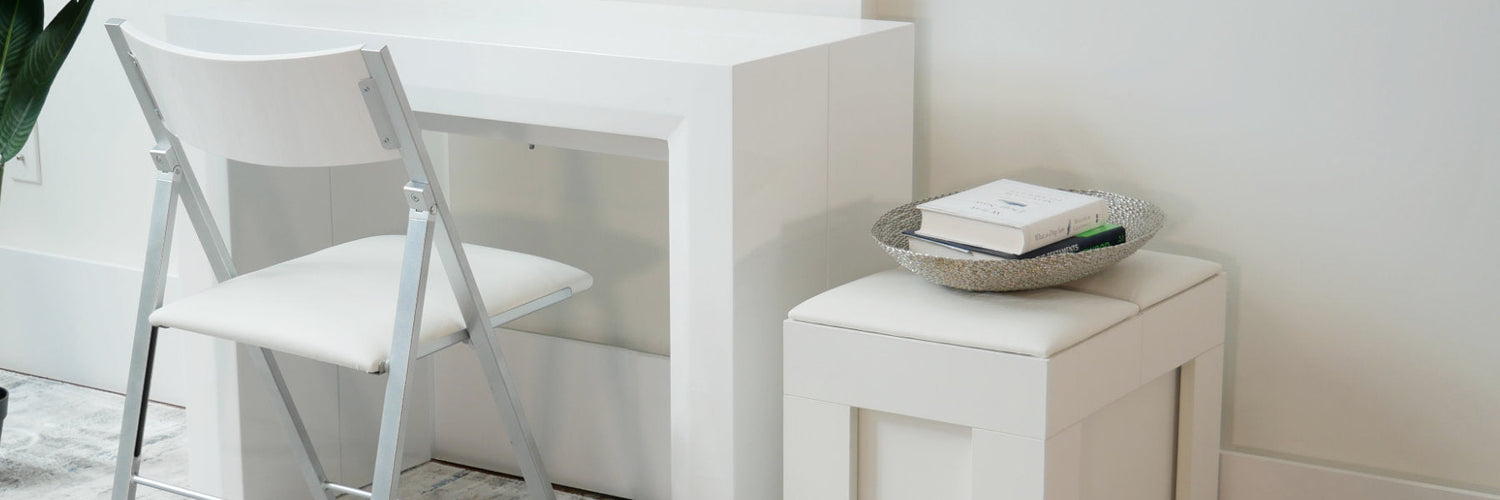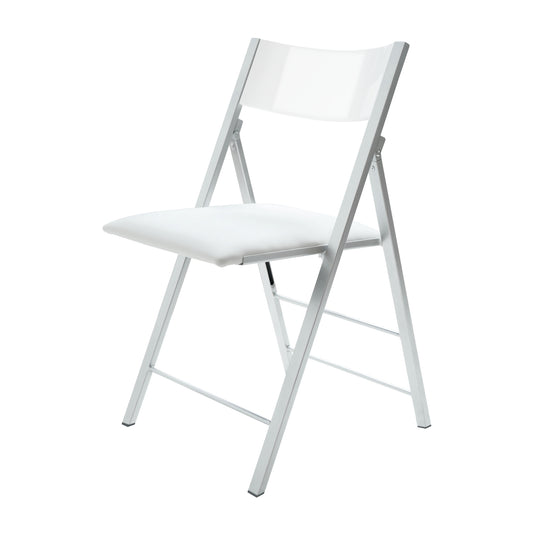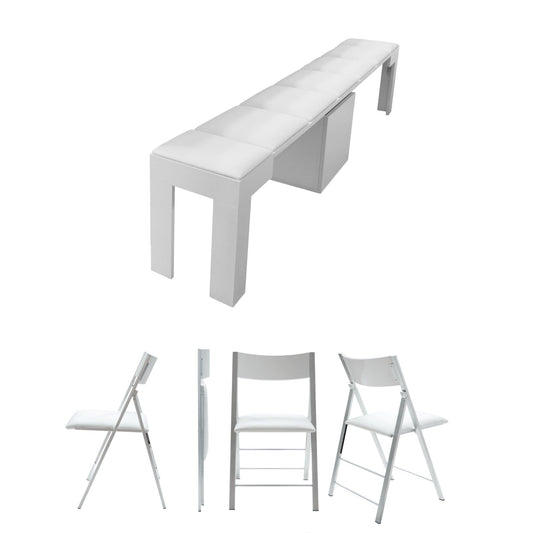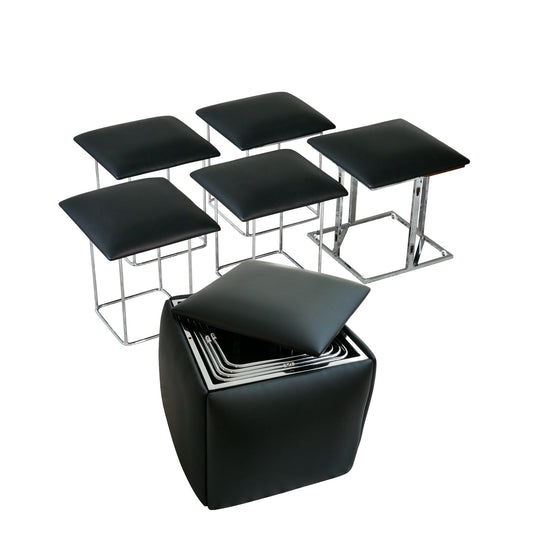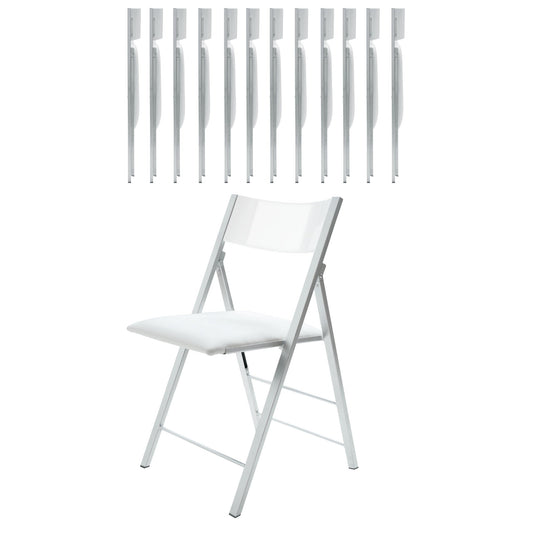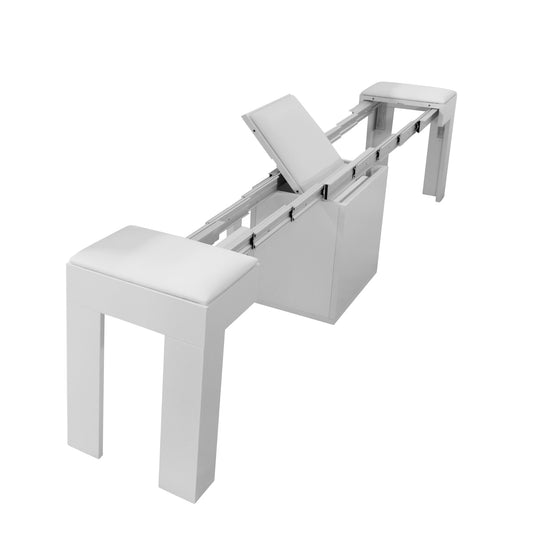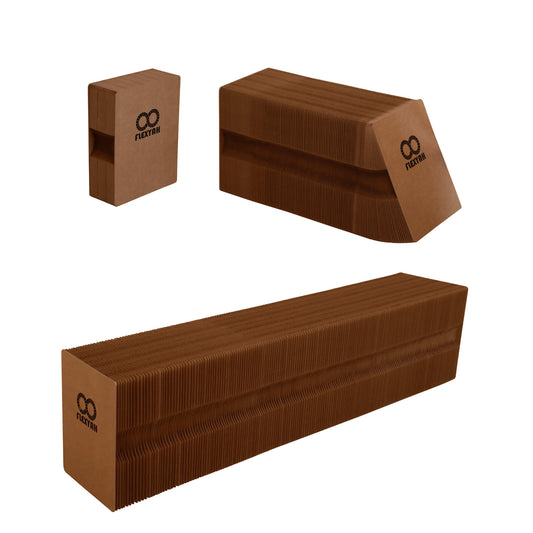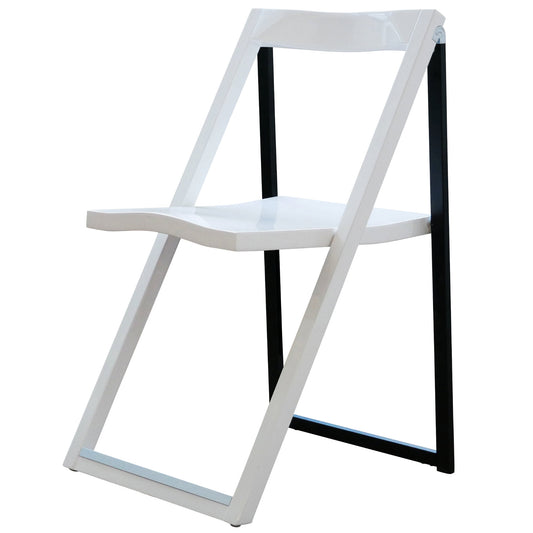Antique furniture brings history, texture, and craftsmanship into a room. Modern furniture adds function, clean lines, and modular flexibility. Together they tell a richer design story bringing a room to life, but only if you use the right balance of proportion, contrast, and repetition.
Antique pieces normally have deep finishes, curved silhouettes, and intricate details while modern furniture typically uses lighter materials, flatter tones, and open shapes. Mixing these styles without a plan can make a room feel mismatched or disjointed vs. showing a clear juxtaposition. Juxtaposition is when you have two contrasting elements including old and new, light and dark, or colors like blue and orange.
Instead of trying to match styles, blend antiques and modern furniture by anchoring your space in natural color palettes, balanced layouts, and material repetition. This way you don’t need to give up antique charm or modern practicality. You only need to help them speak the same design language.
Here’s 7 ways that you can seamlessly integrate antique decor with modern furniture for a perfectly balanced room.
1. Neutral Colors Make Antique and Modern Furniture Feel Cohesive
Neutral tones act as a design bridge between ornate antiques and minimalist modern furniture as they soften visual tension to help your eye transition from carved detail to clean line. Start with a light foundation using off-white walls, soft grey upholstery, or lightly stained wood floors.
These tones create a quiet backdrop that lets your antique accents stand out as focal points without overwhelming the space. An antique brass sconce or candelabra can feel intentional when paired with a modern grey sectional. A cream-toned wall behind both allows their contrast to feeling curated, not chaotic.
Neutrality also supports layering. Ivory rugs, taupe textiles, and matte finishes work with both mid-century silhouettes and Victorian wood pieces. They create visual consistency even when the shapes and materials are different.
The goal isn’t to hide the differences, it’s to harmonize them. Color is your most flexible tool for doing that.
2. Use the Golden Ratio to Balance Antique and Modern Elements
The golden ratio where you use one element at 60% and the other at 40% helps you balance contrasting styles without one overpowering the other. It’s a principle used in architecture, art, and interior design to create natural harmony.
In mixed-style rooms, aim for 60% modern furniture and 40% antique elements gives you clean lines and functions as the foundation while still letting historical pieces shine.
One way to do this is pairing a rotating Murphy bed or modular sofa with antique accent tables or a carved wood mirror. The modern piece anchors the space functionally while the antique adds warmth and narrative.
Lighting is also a powerful category to apply this to. A geometric chandelier works above both a streamlined Murphy bed and an antique four-poster frame because its form is simple while its placement feels timeless.
The 60/40 split isn’t about strict math, it’s also about visual weight. If your antique décor includes heavy wood or intricate detail, use it sparingly to avoid making the space feel dated. Let modern furniture carry the bulk of the room’s function, and use antique pieces as punctuation.
3. Biophilic Design Softens the Contrast Between Antique and Modern
Biophilic design uses natural elements to make mixed-style rooms feel grounded and alive by combining sleek modern surfaces with textured antique forms and tying them both to nature. Plants are the easiest place to start.
A tall fiddle leaf fig in a clay pot can visually link a minimalist wall desk to an ornate antique dresser. The plant’s height and shape soften sharp lines while reinforcing the organic feel of carved wood.
You don’t need floor-to-ceiling windows to apply this. Use indirect sunlight, earth-toned palettes, and houseplants with arching stems or trailing vines like pothos or English ivy. This gives movement to the room and lets both design eras breathe.
Studies show that biophilic elements reduce stress and boost comfort in interior spaces. That emotional effect helps modern furniture feel less stark and antiques less heavy.
To unify a biophilic space, pair modern furniture with antique wooden accent pieces, then add greenery like pothos, calathea, or monstera in matching ceramic or brass containers. Nature becomes the thread tying both styles together.
4. Repurposing Antique Pieces Helps Them Blend with Modern Furniture
Antique furniture can feel out of place in modern rooms until you adjust the finish, the function, or the form. Some people will argue it's no longer an antique because it's been upgraded, while other people feel it is more of a refurbishment, it all comes down to you being happy since it is your home and your space.
Repurposing allows you to preserve character while aligning with your current aesthetic. One way to do this is through refinishing.
Sanding a dark walnut end table and applying a light oak or ash stain makes it feel at home next to minimalist modular sofas or Murphy beds. The silhouette stays traditional, but the tone speaks to modern palettes. You can also reassign function to antique furniture.
An antique dresser can become a media console beneath a wall-mounted desk. An armoire with glass doors can hold houseplants, books, or even modular storage bins. These reinterpretations allow the piece’s craftsmanship to stay visible while its utility shifts.
Updating hardware is another subtle tactic. Brass or matte black handles can modernize a vintage piece without removing its history so it can live comfortably beside modern furniture with similar metal accents.
Repurposing doesn’t erase what’s old, it highlights the antique furniture in a way that complements what’s new so it can blend seamlessly with modern decor.
5. Maximalist Design Makes Style Inconsistencies Feel Intentional
Maximalist design doesn’t avoid contrast like antique decor and modern furniture, or vice versa, it thrives on it. This design style gives you the ability to blend antique and modern pieces without making the room feel mismatched.
Instead of minimizing inconsistencies, maximalism uses repetition, layering, and storytelling to create cohesion. It invites you to fill space with objects that express personality, history, or texture, even when they span centuries.
One way to do this is by placing a sleek modern futon in front of a gallery wall filled with antique picture frames, vintage mirrors, and sculptural sconces. The variety becomes the visual theme, not the exception.
To apply this successfully, choose a unifying detail like a shared color, material, or motif. Brass accents, dark woods, or floral patterns can repeat across both modern and antique items to pull them together.
Pro-tip: Maximalism thrives on excess, so use every layer including walls, surfaces, and textiles to reinforce the connection.
Maximalism isn’t clutter when it’s curated, it’s a tool for making diverse design elements feel like they belong to the same story.
6. Repetition Creates Rhythm Between Antique and Modern Styles
Decorating a rotating Murphy bed and wall desk combo with a one-off vintage lamp or brass picture will look unnatural.
However, if you create a theme across an entire room using a single design element, such as brass fixtures or natural wood stains, you can incorporate disparate design elements more seamlessly without being too noticeable to the keen eye. Repetition is a foundational interior design principle that creates visual rhythm.
When mixing eras, it’s the easiest way to make the space feel cohesive without matching everything. The trick is to repeat key materials, finishes, or shapes across both antique and modern pieces. If you use brushed brass on an antique lamp, echo it in the drawer pulls of a modern wall desk.
The repetition draws the eye across the room and makes the contrast feel intentional. This principle applies to wood tones as well. If your Murphy bed has a walnut finish, bring in a vintage mirror with a similar undertone or a small antique side table in the same family.
You don’t need a perfect match, just a tonal echo. Repetition works best when it appears in at least three places across the space.
Think of it as a rhythm, once is random, twice is a coincidence, three times is a pattern. The more visual anchors you place, the easier it becomes to mix styles without tension.
7. Minimalist Modern Furniture Blends Easily Into Antique Architecture
When introducing modern furniture into a historically styled home, start with restraint. Minimalist pieces let architectural features and antique elements remain the focal point.
Low-profile designs like modular sofas, floating desks, or Murphy beds with clean lines won’t compete with ornate baseboards, crown molding, or carved mantels. Instead, they create a visual breathing room that makes older details feel more intentional.
This strategy works especially well in Victorian, colonial, or farmhouse-style homes. The simplicity of modern furniture contrasts with decorative trim or vintage flooring, letting each element enhance the other.
Stick to neutral tones and simple shapes at first. Then add modern pieces with more presence, like bookcases, lighting, or media consoles, once the room’s balance is established.
Combining antique design elements with modern furniture, such as sofas and tables, does not have to be a challenge as the end result of properly balancing these two opposing elements can be a timeless design that attracts the awe of everyone who enters your space.
Minimalism isn’t always about having less; it’s about introducing just enough new to let the old still shine. That restraint builds harmony between eras without overwhelming the space.
If you love both antique and modern furniture and decor, you don’t have to sacrifice one or the other when creating a balanced and grounded room. You now have seven techniques to blend the two from using neutral colors and the golden ratio, to a proper use of repetition.
